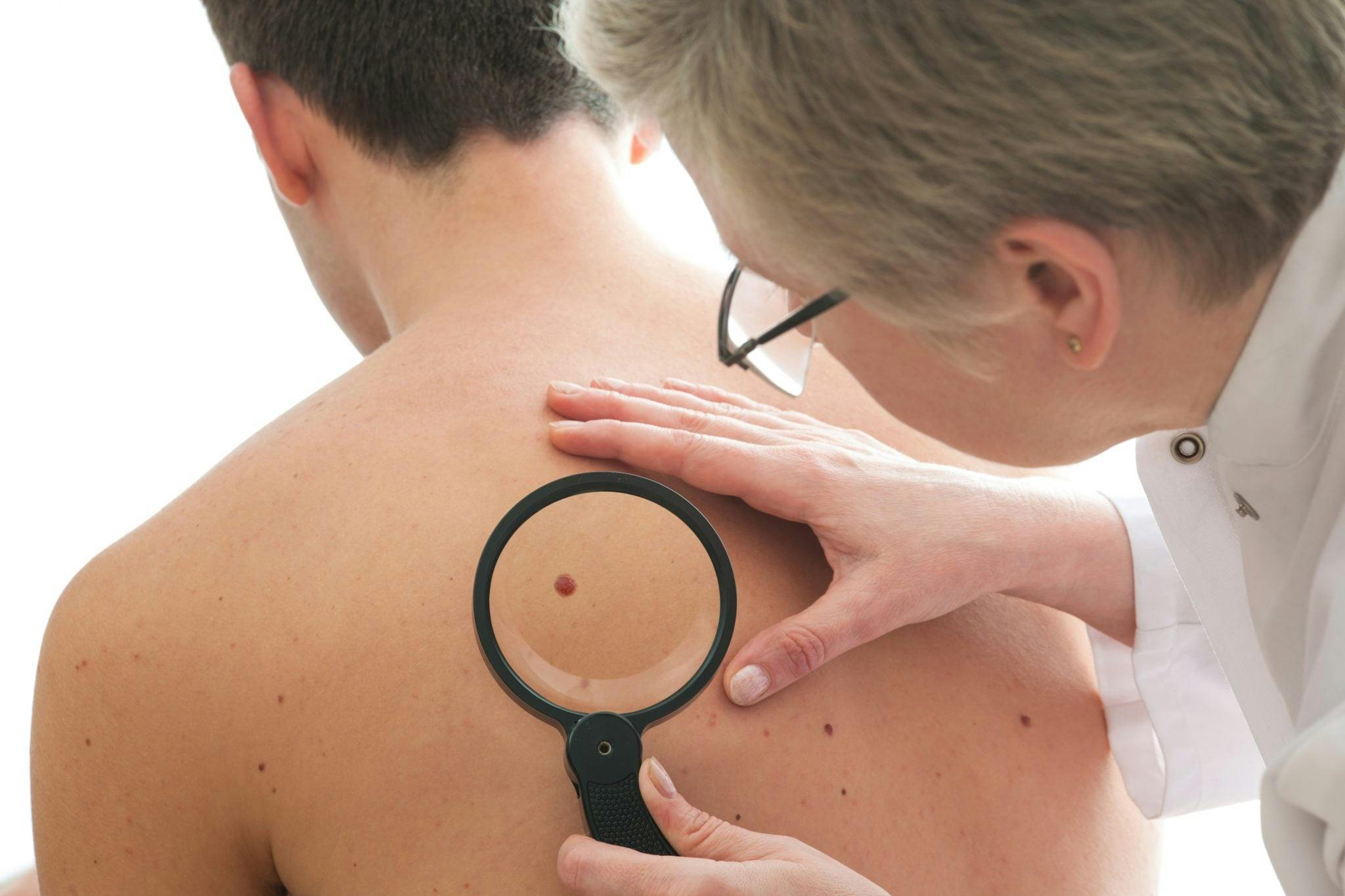Many of us are born with discolored marks on or under the skin called birthmarks. Most of these are noticeable at birth, and they can fade or strengthen over time.
Birthmarks can come in a variety of sizes and colors, and while the vast majority are harmless, there are a few cases where they’ll need to be examined by a doctor.
Pigmented Birthmarks
These are birthmarks characterized by additional pigment in part of the skin. There are three common types of pigmented birthmarks:
- Moles: Also called a beauty mark, a mole is typically a small, round, brown spot about the size of a pencil eraser. Moles can be larger than this, and they can be other colors besides brown (pink, black or skin-colored). They can grow anywhere on the body. Certain moles are flat, while others are raised above the skin. People who have moles may get more as they get older, but some moles may also disappear. Moles that itch, bleed or are significantly different from your normal moles may require a check from a doctor.
- Cafe-au-lait spot: This is French for “coffee with milk,” which is a decent visual descriptor of this birthmark. Cafe-au-lait spots are light brown on light skin, or the color of black coffee on darker skin. They vary in size, and are often oval-shaped. They’re smooth, and typically found on the torso, buttocks and legs. They may fade with age, but it’s rare for them to disappear.
- • Mongolian spots: Gray-blue spots that are mostly found on the back or bottoms of darker-skinned babies. They’re generally uneven in shape, and may look like bruises. Like other birthmark types, they may fade.
Vascular Birthmarks
Vascular birthmarks are caused when extra blood vessels in the vascular system clump up together, causing a visible mark. Over one in 10 babies has a vascular birthmark of some kind at birth. There are also three common types of vascular birthmarks:
- Salmon patches: Flat, red or pink marks that resemble salmon in their coloration. When they’re found on the face, these are called “angel kisses.” When they’re found on the back of the neck, they’re called “stork bites.” They’re also found on the upper eyelids, upper lip or between the eyebrows. They may or may not fade with time.
- • Hemangiomas: Generally harmless birthmarks that show up either on top of the skin or deep inside the skin. They show up as raised marks when they’re deep in the skin, and they’ll be bluish-purple in these cases. In cases where they’re on top of the skin, they’re called strawberry hemangiomas and have a bright red color to match. These may grow larger during the first year of a baby’s life, but they usually start shrinking and become flat by age 10.
- Port wine stains: These begin pink-red at birth, but become a darker red-purple eventually. They’ll often get larger as kids get older, and these birthmarks don’t fade with time. They’ll vary in size.
Treatment
In the majority of cases, birthmarks are totally harmless and do not require treatment. In some cases, though, such as when a birthmark is growing too quickly, growing on an internal organ or causing a medical issue, they require treatment. Options here include:
- Medications like propranolol or corticosteroids
- Laser therapy
- Surgery
Not all treatments for birthmarks work, and deciding to have them treated can be a big decision if the mark isn’t harmful. The treatments can be painful or have side effects.
Make sure your doctor is aware of any birthmarks on a baby, or if one begins to bleed, grow or become infected.
As Utah County’s leading dermatology practice, Revere Health Dermatology provides the best in skin care for our patients.
Sources:
“Different kinds of birthmarks.” American Academy of Dermatology. https://www.aad.org/public/kids/skin/birthmarks/different-kinds-of-birthmarks
“Birthmarks – Topic Overview.” WebMD. http://www.webmd.com/skin-problems-and-treatments/tc/birthmarks-topic-overview#1






